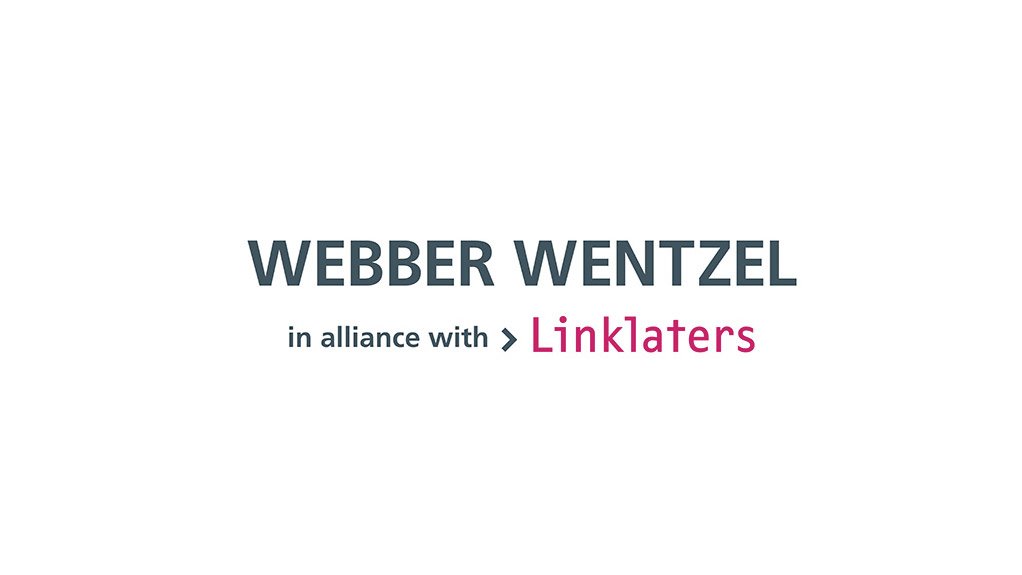On 3 April 2017, the Minister of Environmental Affairs (the Minister) issued a notice under the National Environmental Management: Air Quality Act implementing the National Greenhouse Gas (GHG) Emission Reporting Regulations (GHG Reporting Regulations).
The GHG Reporting Regulations aim to introduce a single national reporting system for the transparent reporting of GHG emissions, which will be used predominantly to update and maintain a National Greenhouse Gas Inventory and will assist South Africa in meeting its international obligations in relation to climate change mitigation.
An integrated GHG reporting system
The rationale for an integrated GHG reporting system is based on the imminent imposition of the carbon tax for identified affected sectors in South Africa. These sectors will be identified based on their GHG emission concentrations. The GHG Reporting Regulations are one of the implementation tools which will be used to regulate the reporting of data and information from identified point, non-point and mobile sources of atmospheric emissions to the National Air Emission Inventory System (NAEIS) with a view to compiling atmospheric emission inventories to inform the proposed carbon tax.
Although still in draft form, the declaration of GHGs as priority air pollutants (which will require persons conducting an activity within a designated GHG emission threshold to prepare a pollution prevention plan in accordance with the proposed National Pollution Prevention Plans Regulations) will, once finalised, and when combined with the GHG Reporting Regulations, complete the regulatory regime for the mandatory reporting of air emissions to the NAEIS housed on the South African Air Quality Information System. This all means that the dominos are slowly being lined up for the carbon tax to be formalised.
How will the GHG Reporting Regulations work in practice?
The GHG Regulations differentiate between Category A data providers (which include persons controlling or conducting activities which emit GHGs) and Category B data providers (which include public bodies and academic/research institutions which hold GHG emission data for the purposes of calculating GHG emissions). These data providers are required to report on GHG emissions activities at their facilities in line with the identified categories of emissions sources set out in Annexure 1 to the GHG Reporting Regulations.
The reporting obligations imposed on Category A data providers are more stringent and comprehensive than for those in Category B, as they are based on operational control and must cover all process, fugitive and combustion emissions from all GHG emission sources and source streams belonging to listed activities. The methods for reporting GHG emissions data are set out in the "Technical Guidelines for Monitoring, Reporting and Verification of Greenhouse Gas Emissions by Industry" for each tier specifying the relevant emission sources.
Category A data providers must submit the GHG emissions and activity data for all of their facilities and in accordance with the data and format requirements specified in Annexure 3 for each preceding calendar year, to the competent authority by 31 March of each year (or the next working day). The competent authority has 60 days following a submission to approve a Category A data provider's data or to request that such data be validated and verified. Category B data providers, on the other hand, must submit emissions and activity data collected only when requested to do so by the competent authority.
What does this mean for you?
At this stage, all designated data providers, whether Category A or Category B, will be required to register their facilities on the NAEIS or with the competent authority where activities at their facilities exceed the thresholds listed in Annexure 1 by 7 May 2017 or within 30 days after commencing such an activity if at a later stage.
It is a criminal offence for a data provider to provide false or misleading information to the competent authority or to fail to comply with its registration, reporting and record-keeping obligations as set out in the GHG Reporting Regulations.
We are happy to assist in the identification of any registration and reporting requirements which may apply to your business.
Written by Garyn Rapson, Partner at Webber Wenzel
EMAIL THIS ARTICLE SAVE THIS ARTICLE ARTICLE ENQUIRY
To subscribe email subscriptions@creamermedia.co.za or click here
To advertise email advertising@creamermedia.co.za or click here











